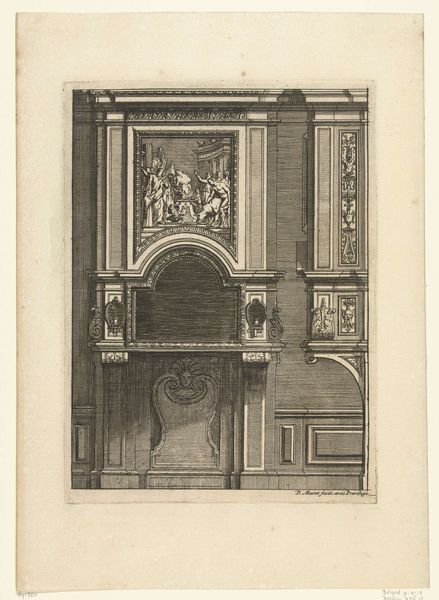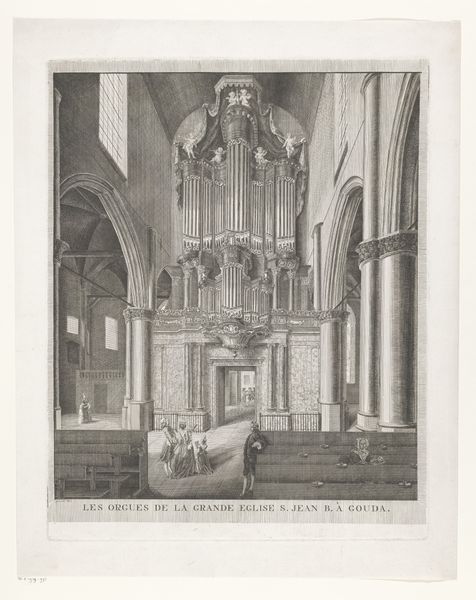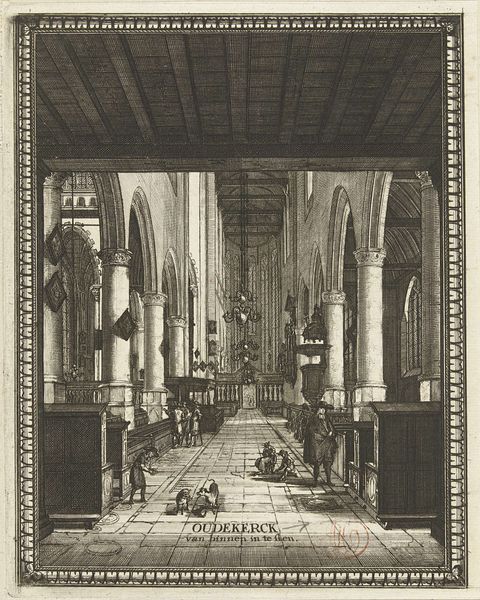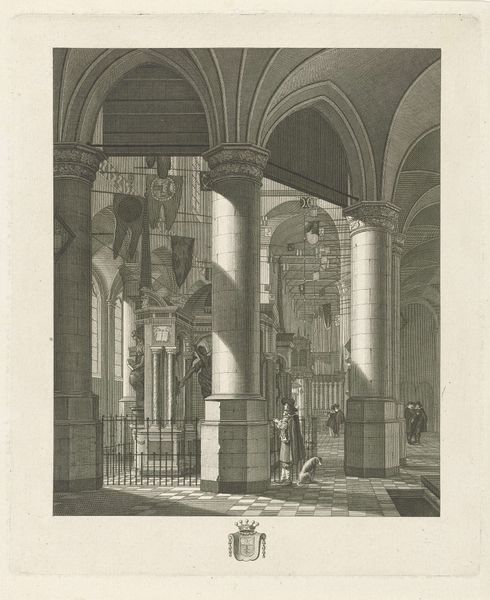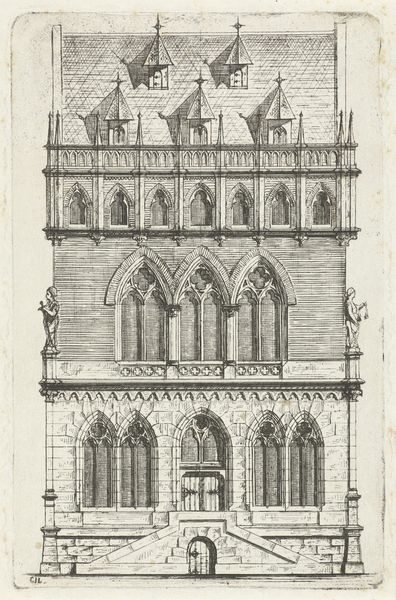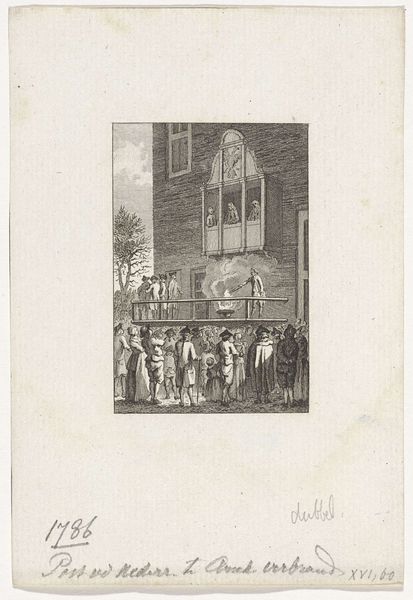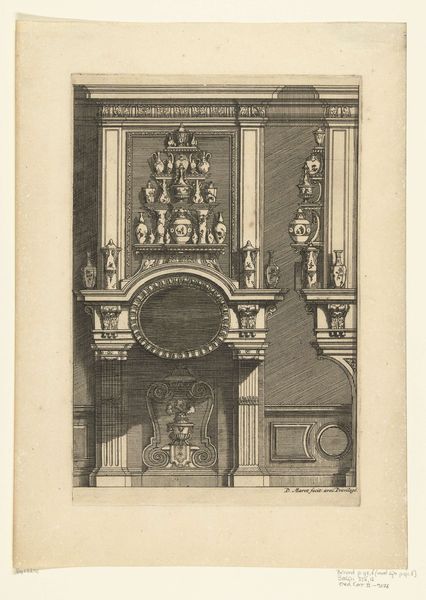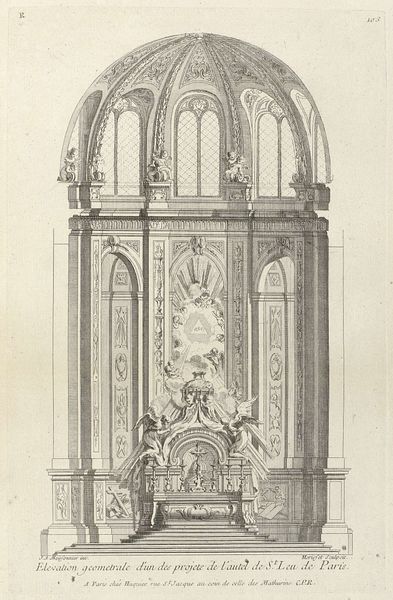
Illuminatie van het huis van mr. P.C. Hasselaer te Amsterdam, 1788 1788
0:00
0:00
Dimensions: height 210 mm, width 147 mm
Copyright: Rijks Museum: Open Domain
Editor: This engraving, "Illuminatie van het huis van mr. P.C. Hasselaer te Amsterdam, 1788" by Jan Lucas van der Beek, depicts the illuminated home of a prominent Amsterdam figure. It’s interesting to see what amounts to celebratory public art from this period, quite decorative. What's your interpretation of the image within its historical context? Curator: The print showcases more than mere decoration. Consider the illuminated façade. This was not simply for aesthetic pleasure; it’s a deliberate display of power and prestige. P.C. Hasselaer, the burgemeester, is literally putting himself on display. Think about the socio-political climate of 1788. What message do you think Hasselaer aimed to send through this elaborate illumination? Editor: Perhaps a show of strength and stability? The Baroque style itself feels very much about grandeur. Curator: Exactly. Baroque, even in its decline, signals established authority. It’s also vital to consider the role of the city. Amsterdam was a hub of commerce and political intrigue. This illumination reinforces Hasselaer's position within that complex network. It says, "I am here, I am powerful, and I contribute to the city's glory." The print itself becomes a tool in disseminating that message further, a kind of propaganda. Editor: So, this artwork really is a portrait of power, disguised as city decor? I hadn't considered the potential message beyond simple celebration. Curator: Precisely. And think about the cost involved in such an extravagant display. This illumination broadcasts a statement about economic power and its connection to political status, effectively shaping public perception of Hasselaer and his governance. Editor: This changes my whole perspective on what seems, at first glance, like just a pretty picture. Curator: Art always reflects its environment. Recognizing the subtle social and political implications enriches our understanding.
Comments
No comments
Be the first to comment and join the conversation on the ultimate creative platform.



